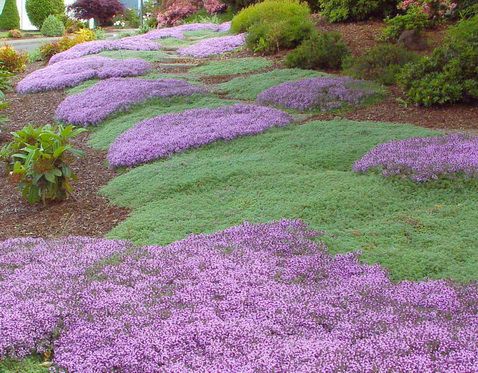

Discard the old potting soil as this is host to the fungal pathogen that is causing the roots to rot.

Woolly tyme how to#
How to Revive a Dying Thyme Plant with Root Rot More problems occur when growing thyme due to over watering rather then under watering because of their tolerance to drought and the roots sensitivity to damp soils. When establish and planted in appropriate soil (amended with sand for better drainage), thyme plants only require watering once every two weeks in most climates and watering once a week during hot weather if planted in pots. Therefore thyme plants have adapted to becomes drought resistant and require dry, well draining soil conditions rather then rich soil or compost that is consistently moist as the roots are susceptible to root rot and fungal disease in damp soils.
Woolly tyme full#
Thyme plants grow naturally in the Mediterranean region of Europe where they are adapted to thrive in full sun, infrequent rainfall or watering, well draining sandy soils and ideally in areas with some airflow to reduce humidity. Watering the thyme too frequently, slow draining or boggy soils that retain too much water, high humidity due to planting in close proximity. The thyme plant has a wilted or has a drooping appearance with leaves that are turning yellow or perhaps brown. Keep reading for how to solve these problems so that your thyme plant revives and produces new leaves with a strong aroma and pronounced flavour… Thyme Plant with Root Rot Thyme plant that requires reviving after Winter.Drooping or slow growing thyme due to small pots or containers or a lack of drainage holes in the base of the pot.Slow growth of leaves and foliage because of a lack of sun or nutrients.Thyme plant that is turning brown, dry and dying back.Thyme that is drooping and turning yellow because of damp soils or excess nitrogen in the soil due to additional fertilizer.Thyme has root rot or fungal disease due to consistently damp soil.The most common reasons for thyme dying are: Identity why does the thyme plant need reviving… If you thyme plant look as though it is dying there are several ways to revive it but first it is important to understand what is causing the plant to look unwell and in need of reviving Whilst some of the conditions of Mediterranean are required to grow thyme it is a cold hardy plant that can grow in many climates with some adjustments to the conditions. To revive thyme plants it is important to recreate some of the growing conditions of their native Mediterranean environment with an emphasis on watering, full sun and soil conditions. Thyme is a relatively short lived herb and can produce leaves for culinary use for around 5 to 6 years if the plant is cared for properly. Virtually pest and disease free.Thyme plants are low maintenance perennial herbs that is native to the Mediterranean region of Europe and they are adapted to the growing conditions of the Mediterranean.Adds character to rock gardens where it will beautifully sprawl over small rocks. Provides an interesting texture to pathways. Excellent ground cover or filler between stepping stones, where it releases its fragrance when trodden on.A full sun lover, this plant is best grown in moderately fertile, average dry to medium, alkaline to neutral, well-drained soils.tall (8 cm) and will spread over time by rooting stems to 12 in. The leaves have little fragrance and are not used in cooking. Prized for its fuzziness, this wonderful plant adds great interest to the garden and is a terrific rock garden plant. Pale pink flowers are borne in early summer, however, Woolly Thyme is not as floriferous as the other species. The foliage may take pink tones in cold winters. Primarily used as a ground cover, Thymus pseudolanuginosus (Woolly Thyme) is a creeping, mat-forming sub-shrub forming a dense cushion of small, dark green leaves usually covered with long hairs.


 0 kommentar(er)
0 kommentar(er)
